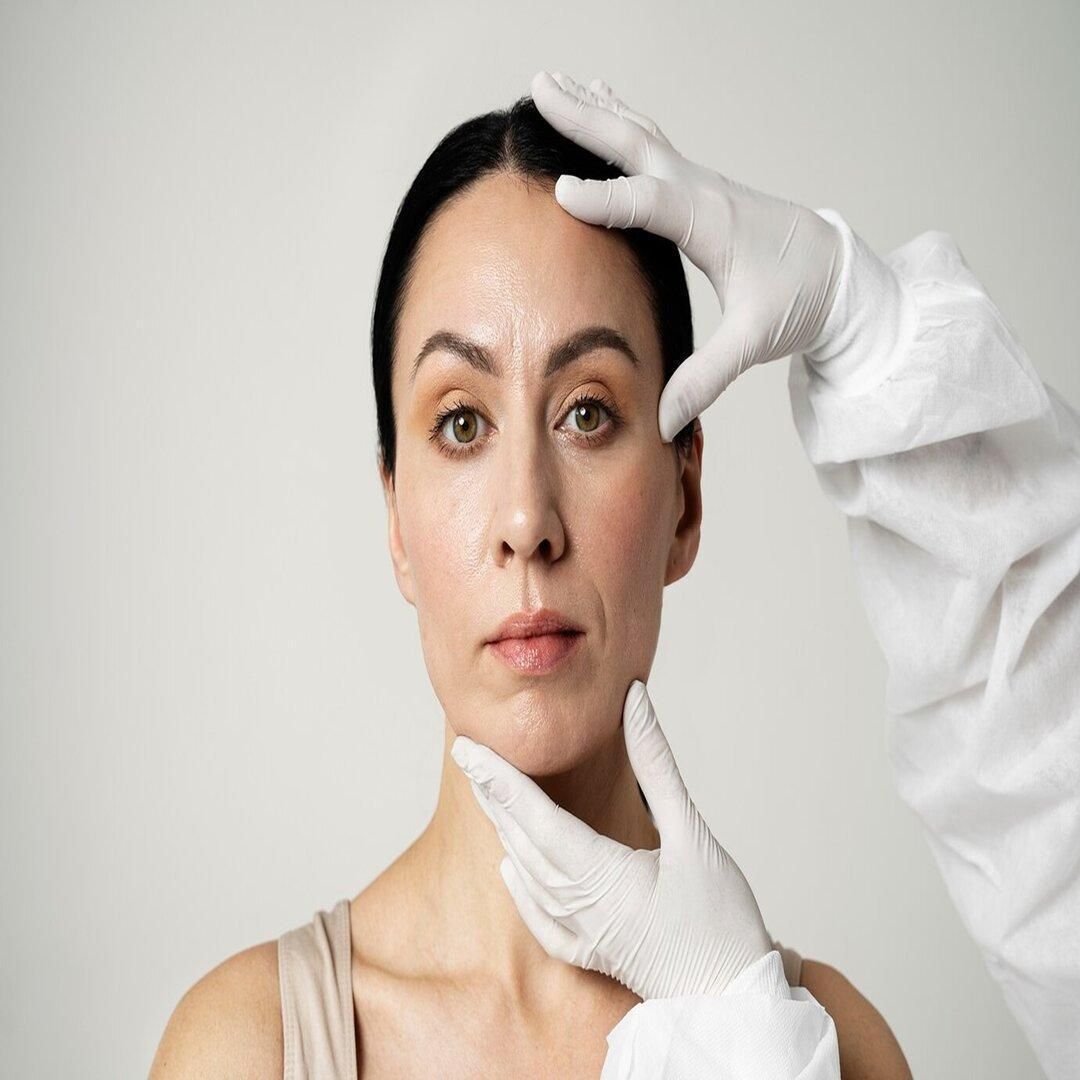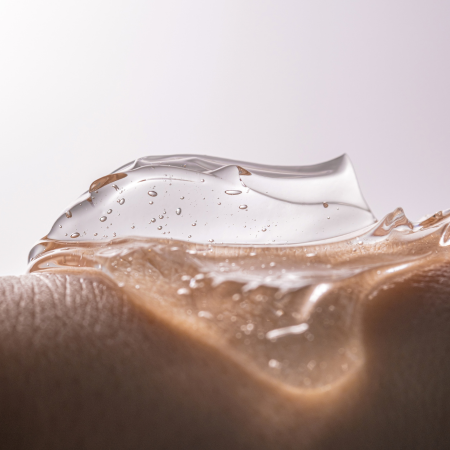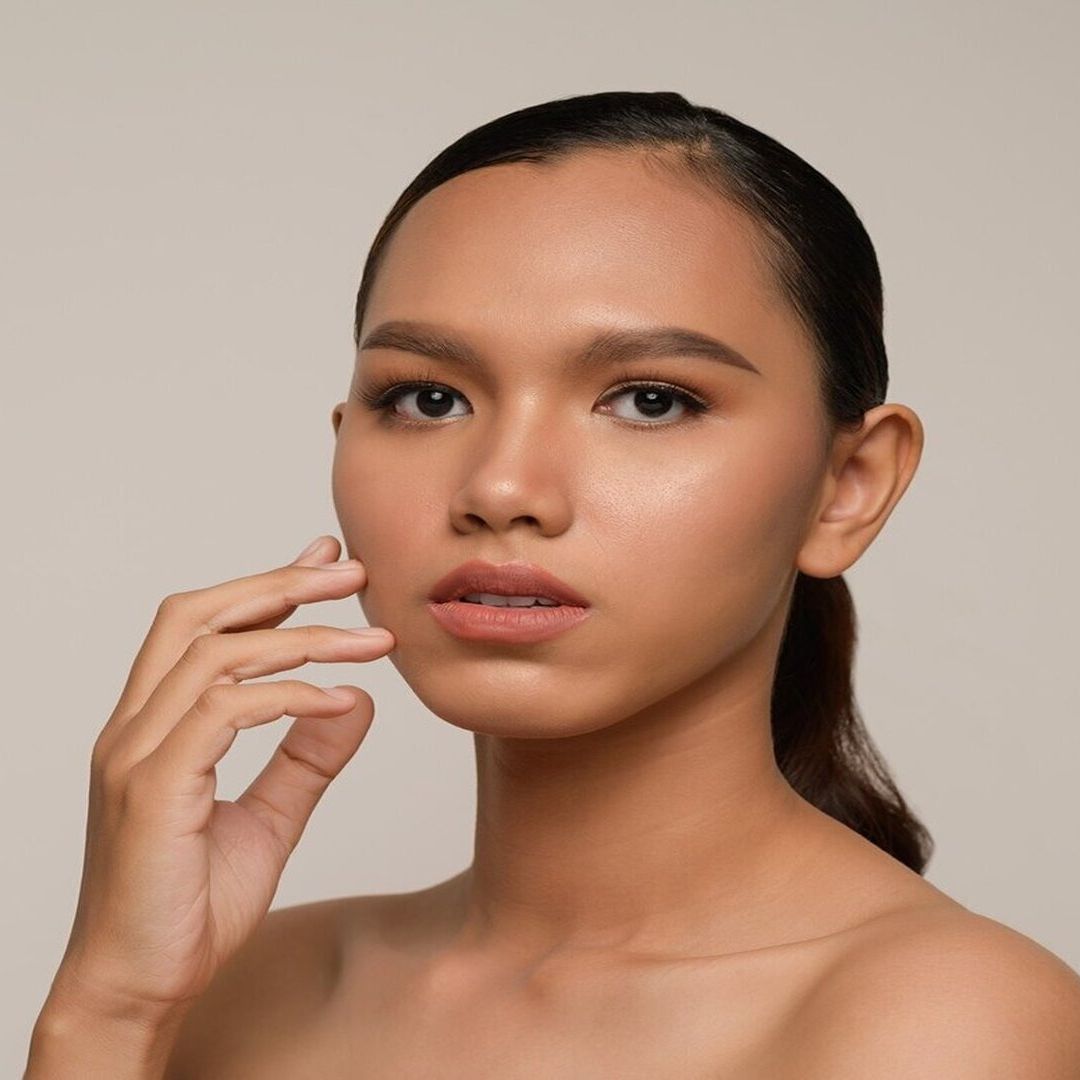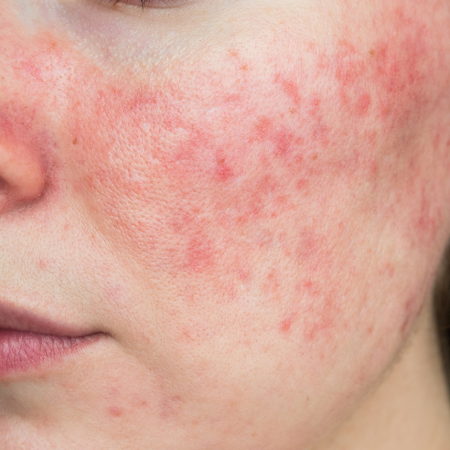How Face Threading Lifts Address Different Facial Concerns

Face threading lifts have emerged as a popular non-surgical cosmetic procedure, offering a versatile solution for addressing a wide range of facial concerns. From lifting sagging skin to defining facial contours, these lifts provide noticeable yet natural-looking results.
Deep-Dive into Different Types of Face Threading Lifts
When it comes to this procedure, understanding the different materials used and their impact on the results is crucial. Each material offers unique properties catering to specific facial concerns, providing a customized rejuvenation experience. Let's take a closer look at the variety of materials commonly used and their impact on the lift duration and intensity.
Polylactic acid threads
Polylactic acid threads are known for their ability to stimulate collagen production in the skin. As we age, our skin's collagen production declines, leading to a loss of firmness and elasticity. By introducing them into the skin, the body is prompted to produce more collagen, resulting in a gradual improvement in skin texture and tone. The lifting effects of polylactic acid threads may not be as immediate as those of other materials, but they are valued for their long-lasting results. Over time, as new collagen is generated, the skin becomes firmer and more youthful.
Polycaprolactone Threads
On the other hand, polycaprolactone threads offer a different approach to facial rejuvenation. These threads provide immediate lift and volume by physically supporting sagging tissues. Unlike polylactic acid, polycaprolactone does not directly stimulate collagen production. Instead, it acts as a scaffold within the skin, offering instant support and structure, especially in areas where volume loss has occurred due to aging. The effects are noticeable right after the procedure, providing an instant rejuvenating lift.
Polydioxanone Threads
PDO threads are renowned for their natural and gradual lifting effect. These threads work by gently repositioning facial tissues over time, rather than creating an immediate lift. Due to their gradual nature, PDO threads are suitable for individuals seeking subtle enhancements that develop naturally over several months. The gentle repositioning of facial tissues through polydioxanone threads results in a more natural-looking rejuvenation without drastic changes.
Understanding the diverse properties of these materials is crucial when considering a thread lift. Each type offers unique benefits and considerations that cater to different facial concerns and individual preferences.
With a comprehensive understanding of the various types of face threading lifts, let's now turn our attention to addressing the specific concern of tackling fine lines and wrinkles.
Tackling Fine Lines and Wrinkles Through Threading Lifts
Fine lines and wrinkles are an inevitable part of aging, marring the once-smooth surface of the skin and leading many to search for solutions to minimize their appearance. This is precisely where PDO thread lifts come into play. Unlike invasive surgical procedures, threading lifts provide a less intrusive way to combat these signs of aging.
The threads used in the procedure are placed to create a subtle yet noticeable lifting effect. By targeting loose skin, stimulating collagen production, and enhancing skin elasticity, threading lifts work to reduce the visible signs of aging. The result is a smoother, more youthful appearance without the downtime associated with more invasive treatments.
When the threads are inserted under the skin, they act as a scaffold, lifting and supporting the superficial layers of the skin. This effectively reduces sagging and softens fine lines and wrinkles. Additionally, the threads trigger the body's natural healing response, stimulating collagen production over time. Collagen is essential for maintaining skin firmness and elasticity, thereby contributing to a more youthful complexion.
These lifts can also offer a natural-looking result. Unlike more drastic measures where dramatic changes may be evident, threading lifts seek to enhance one's features subtly. This approach aligns with a growing preference for natural-looking results that enhance rather than drastically alter one's appearance.
By seamlessly addressing age-related facial concerns, thread lifts pave the way for exploring comprehensive improvements in skin tone and texture.
Improving skin tone and texture
When aiming for a radiant, youthful complexion, a smooth and even skin tone is just as crucial as reducing fine lines and wrinkles. Threading lifts not only lift the skin, but also have a secondary benefit of stimulating collagen production and elastin formation.
Collagen, the primary protein in our bodies, acts as the building block for our skin. It provides strength and structure, while elastin helps the skin return to its original position when stretched. As we age, our bodies produce less collagen, leading to sagging and a loss of firmness in the skin. PDO threads work great for promoting this, as collagen is produced as the threads dissolve.
In addition to promoting collagen production, the lifting of the skin smooths the skin's surface and reducing the visibility of pores. The tightened and elevated skin creates a more uniform texture and appearance, giving the complexion a rejuvenated and youthful look.
To put it simply, imagine that your skin is like a piece of wrinkled fabric. When you gently pull and smooth out the fabric, it becomes taut and even. In much the same way, threading lifts help to tighten and elevate the skin, resulting in a more refined texture.
This tightening effect also promotes an improvement in skin elasticity, helping the skin bounce back from movements without sagging or appearing loose. This is particularly beneficial for areas prone to laxity, such as the jawline and neck.
The overall result of improved skin tone and texture contributes to a more youthful appearance, enhancing the natural radiance of the skin. By addressing these key concerns, you get a comprehensive approach to facial rejuvenation that goes beyond targeting specific lines or areas of volume loss.
Understanding Different Facial Concerns:
● Sagging Skin: As we age, the skin's elasticity decreases, leading to sagging in various areas of the face, such as the cheeks, jowls, and neck.
● Wrinkles and Fine Lines: Fine lines and wrinkles are common signs of aging that occur due to a combination of factors, including repetitive facial movements, sun exposure, and collagen loss.
● Facial Volume Loss: Loss of facial volume, particularly in the cheeks and temples, can result in a hollow or gaunt appearance, making individuals look older than their actual age.
● Uneven Skin Texture: Uneven skin texture, characterized by roughness, enlarged pores, and acne scars, can detract from the overall appearance of the face and affect confidence.
● Drooping Eyebrows: Drooping or hooded eyebrows can make the eyes appear tired and aged, impacting facial aesthetics.
How Face Threading Lifts Address These Concerns:
- Lift and Tighten Sagging Skin: Face threading lifts involve the insertion of dissolvable threads into the skin, which are then gently pulled to lift and tighten sagging tissues, restoring a more youthful contour to the face.
- Smooth Wrinkles and Fine Lines: By stimulating collagen production and supporting the skin's structure, threading lifts help smooth out wrinkles and fine lines, resulting in a smoother and more youthful complexion.
- Restore Facial Volume: Threads are placed to lift and volumize areas of the face where volume loss has occurred, such as the cheeks and temples, restoring a plump and youthful appearance.
- Improve Skin Texture: The collagen stimulation promotes tissue regeneration, leading to improved skin texture and a more even complexion over time.
Understanding Potential Side Effects
When considering this procedure, it's important to be aware of the potential side effects so you can make an informed decision. Although this procedure is generally safe, like any medical treatment, there are certain risks involved. The most common side effects include bruising, swelling, bleeding, discomfort, and sensitivity to sunlight. These side effects are usually temporary and subside as the healing process progresses. However, it's crucial to discuss these potential risks with your surgeon during the consultation phase.
Your surgeon will provide you with detailed pre-operative and post-operative care instructions to help minimize these effects and ensure a smooth recovery.
Bruising and swelling are among the most common side effects. This can occur due to the insertion of threads under the skin and typically resolves within a few days to a week after the procedure. Applying cold compresses can help reduce swelling, while arnica cream or topical vitamin K can assist in reducing bruising.
It's normal to experience some discomfort after the procedure. Your surgeon may recommend over-the-counter pain medication to manage any post-procedure pain. Additionally, avoiding strenuous physical activity for a few days can contribute to a smoother recovery process.
Some individuals may also notice increased sensitivity to sunlight following a face threading lift. This is why it’s essential to practice diligent sun protection, such as wearing sunscreen and hats when going out in the sun.
Some might think that these potential side effects are alarming, but they are common with many cosmetic procedures. With proper post-procedure care and adherence to the surgeon's instructions, these side effects can be effectively managed and minimized.
In conclusion, being well-informed about potential side effects is an important part of preparing for a face threading lift. By discussing these with your surgeon and closely following their guidance regarding pre-operative and post-operative care, you can minimize the risk of experiencing these temporary side effects and promote a smoother recovery process.
Managing Post-Procedure Care and Recovery
Now that the procedure is complete, it's time to focus on post-procedure care to ensure optimal healing and results. Your practitioner will provide you with specific post-procedure care guidelines tailored to your individual needs. These guidelines may include:
● Avoiding Strenuous Activities: It's important to avoid activities that put strain on the treated areas, as this could interfere with the healing process. Take this as an opportunity to relax and give your body the chance to fully recover.
● Refraining from touching or rubbing: Your skin will be sensitive after the procedure, and touching or rubbing the treated areas could lead to irritation or complications. Following your surgeon's instructions for gentle care is crucial for successful healing.
● Using Cold Compresses: Cold compresses can help reduce swelling and discomfort in the treated areas. Your surgeon may recommend specific techniques for applying cold compresses to aid in the recovery process.
Additionally, regular follow-up appointments with your surgeon are essential. These appointments allow your surgeon to monitor the healing process, address any concerns or questions you may have, and ensure that you are progressing towards achieving the desired results.
Monitoring Healing Process
It's natural for you to have questions and uncertainties about the recovery process. It can be helpful to know what to expect during your post-procedure recovery. For instance, it's common for patients to experience mild swelling, bruising, or discomfort in the treated areas following a thread lift. These reactions are part of the body's natural healing response and typically subside as the days pass.
Your practitioner might recommend:
● Medicated Creams or Ointments: To aid in healing and minimize discomfort.
● Dietary Considerations: Eating foods that support the body's natural healing processes.
● Keeping Up with Skincare Routine: Using gentle skincare products recommended to nurture and protect your skin during the recovery period.
It's important to communicate openly about any concerns or changes you notice during the recovery phase.
With attentive post-procedure care and regular follow-up appointments, you're actively contributing to a successful recovery journey and paving the way for natural rejuvenation of your facial features.
Face threading lifts offer a versatile and effective solution for addressing a variety of facial concerns, from sagging skin to fine lines and wrinkles. Whether you're seeking to lift and tighten, define facial contours, or improve skin texture and tone, threading lifts provide natural-looking results with minimal downtime. If you're considering a non-surgical option for facial rejuvenation, consult with a qualified and experienced clinician to explore how these lifts can help you achieve your aesthetic goals.




